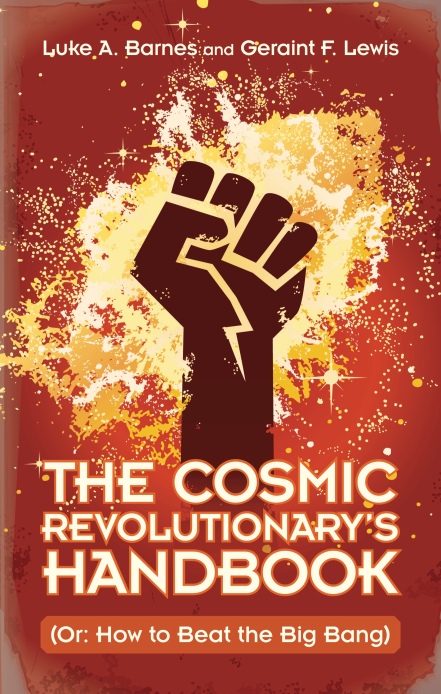Western Sydney University is advertising research projects for prospective masters students. You’ll find one from me about our impending collision with the Andromeda Galaxy. (Well, if you can call a few billion years “impending”.)
Will we survive the Andromeda collision?
Supervisors: Luke Barnes (Data Science, Astronomy)
School/Institute: School of Computing, Engineering and Mathematics
The Milky Way’s nearest galactic neighbour – of similar size – is Andromeda, located 2.5 million light years away. We know that Andromeda is moving towards us at about 300 km/s, which means that it will arrive at the Milky Way in about 2-3 billion years. What happens when it arrives?
More details about the project. More details about enrolment.

